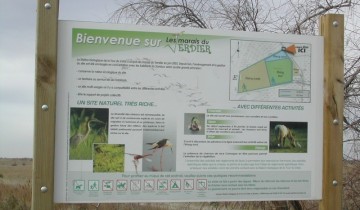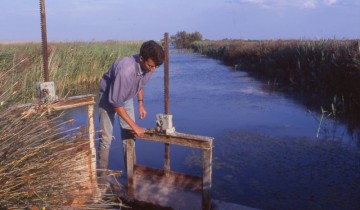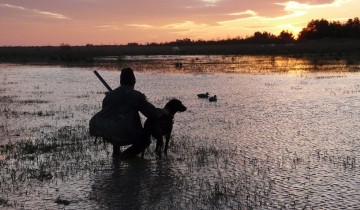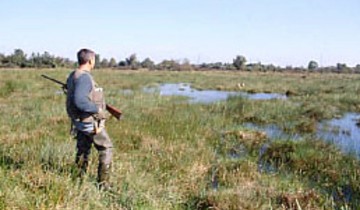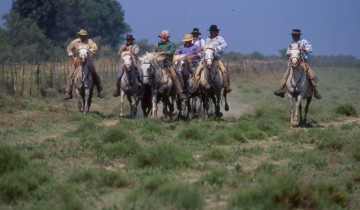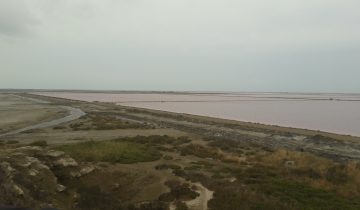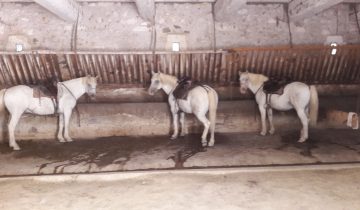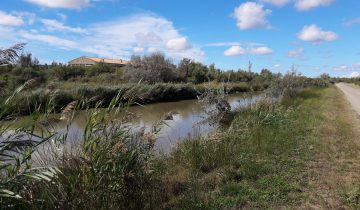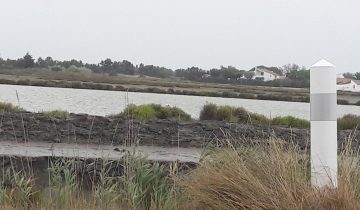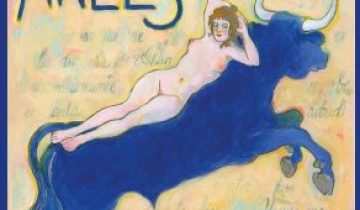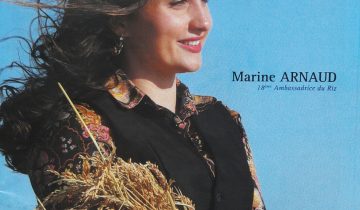- Home
- Wetland Site
- Carmague, France
Carmague, France
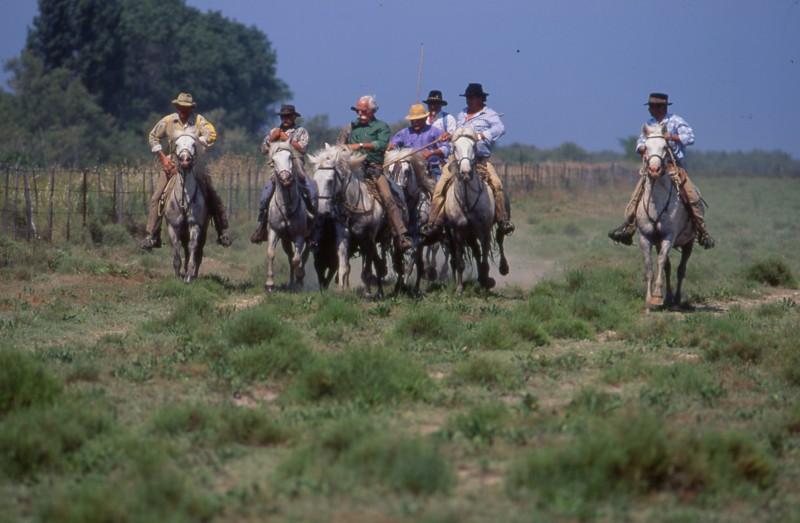
Cultural landscapes
The Camargue, the delta of the Rhône River, is located in the regions of Provence-Alpes-Côte d’Azur and Languedoc-Roussillon in southern France. It lies between and immediately outside the two branches of the Rhône. The site includes six main wetland types and, due to its variety, supports an immensely rich biodiversity. Several million birds belonging to 356 different species both migratory and sedentary use the wetland, but it is the pink flamingos (with a population that can reach 20,000 pairs) that have become the emblem of the Camargue. Unfortunately, strike action by Salins du Midi workers in 2007 led to the disappearance of the flamingos’ main nesting site. The Camargue also sustains large and diverse flora communities.
Settlements and structures ancient, traditional & modern
The Greeks arrived near the site of modern Arles in the 6th century BC. They were followed by the Romans, and by the 1st century BC the city had developed into an important Mediterranean port. Two centuries later, the Romans built the impressive amphitheatre (Les Arènes), the Roman theatre (Théâtre Antique), the Constantine spa (Les Thermes de Constantin) and the cemetery complex that once encircled the town (Les Alyscamps). After many turbulent centuries, Arles became the capital of an independent Kingdom of Arles before becoming part of the region of Provence in the 16th century.
The traditional local architecture is a distinctive cultural element that stretches from Roman times through the Middle Ages and into the Van Gogh period. Watch-towers testify to the need to defend the riches the town has earned through trade since Roman times. Being of central importance to the city, commercial activities are depicted on numerous coins and pottery shards that have been found in the region.
Water use
The 19th century witnessed the subjugation of nature, the taming of the silt deposits of the Rhône Delta and the salty waters of the Mediterranean. In 1859, a sea dyke was built that limited the rise of tidewaters in the southern Camargue; ten years later, the Rhône River was embanked to control the occasional flooding of adjoining farmlands.
Agriculture—Stockbreeding
Agriculture (mainly rice cultivation) and animal husbandry (endemic horse and cattle breeds) are the main economic activities. Rice cultivation was first introduced in the 13th century by Henry IV and vigorously relaunched in 1942. Funds from the Marshal Plan were used to build water infrastructure, which boosted rice cultivation further. Today, the flagship product is the red Camargue rice, a product of natural mutation. Other crops include cereals, vines and fruits.
The Arles merino sheep breed is famous for the quality of their wool. The Camargue Bull or Raco de biou is a breed with a very long history in the region; in fact, it is mentioned in texts dating from Gallo-Roman times. Though primarily bred for the bullring, the meat of young and female animals is considered to be of very high quality.
The Camargue horse is undoubtedly one of the oldest breeds in the world; it most probably appeared in the region before the Christian era.
Tourism—Ecotourism and cultural tourism
Along with agriculture and livestock breeding, other traditional activities such as hunting, fishing and salt exploitation—all of which have been practiced for several centuries—both support the local economy and provide the focus for visitors in an ecotourism framework. The guardians, horsemen and cow-herdsmen that tend the livestock of the manadiers, the owners of the traditional large country houses, provide live support for the region’s folklore as well as contributing substantially to the local economy.
Festivals, celebrations and events
Each year, for a week starting on 24–25 May, the Camargue is visited by thousands of Roma from all over Europe. They are on a pilgrimage to celebrate their patron saint, Sara, the Egyptian servant of the Saintes Maries (Mary Salomé, the mother of the apostles James and John, and Mary Jacobé, the Virgin Mary’s sister), who came to the village of Saintes-Maries-de-la-Mer, which is situated on the western tip of the delta, after the Ascension of Christ. As part of the celebrations, the statues of the two Marys and Saint Sara are taken down in procession to the seashore, where a priest in a boat blesses the sea and the crowd.
Scientific research and education
Today, water resources are strictly managed, and people are involved in nature conservation. Luc Hoffmann founded the Tour du Valat, a private research organization, 50 years ago. Since then, he has developed its research activities in relation to the conservation of Mediterranean wetlands with a primary focus on a “better understanding of wetlands for better management”. Firmly believing that it will only be possible to preserve wetlands if human activities and the protection of the natural heritage can be brought together, the Tour du Valat has been developing research programmes for many years and has introduced integrated management methods that promote interchanges between wetland users and scientists. In 2006, the ‘Camargue Observatory’, founded in 2001 by six major scientific and management bodies, presented its first results in a thematic synthesis.

